The coastline of eastern Australia extends for over 4000km but it is also the boundary between the ocean and dry inland of the Continent. These two fundamentally differing 'worlds', produce another kind of energy in to the atmosphere. The sea surface water evaporates into the atmosphere (See diagram below) whilst
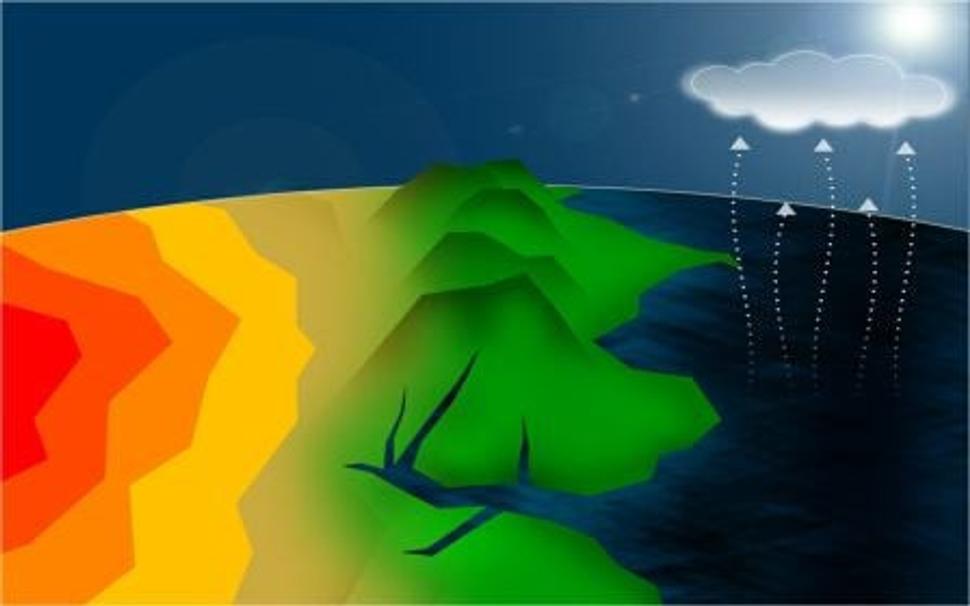
the dry and desiccated landscape of the interior produces sensible heat, which and enhances hot air output streams into the atmosphere (see Diagram below).
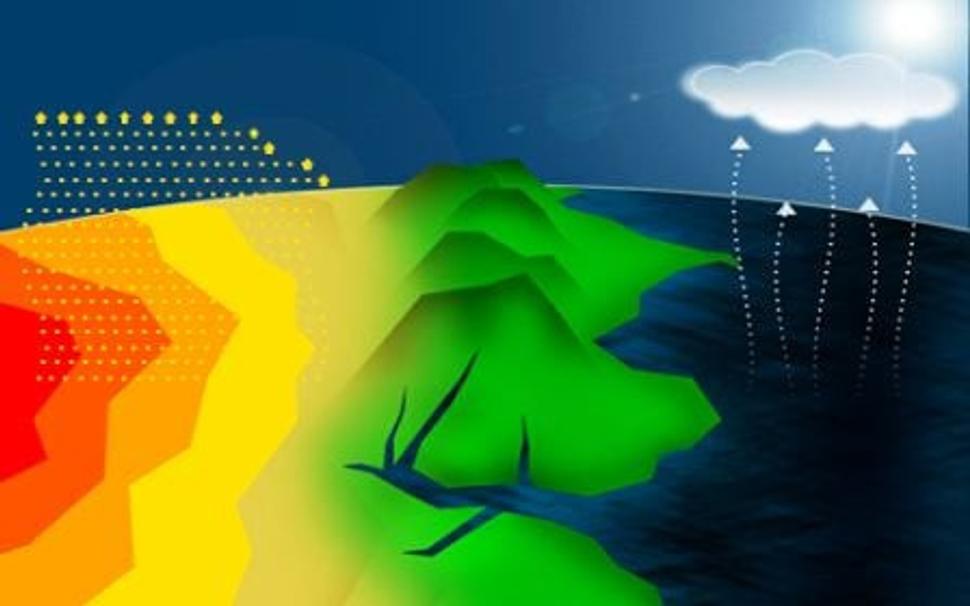
At the interface of these two "worlds" there is intensive development of heavy storm clouds, and as the moisture laden clouds from over the ocean try to enter the interior, they are blocked, by the hot output current of the dry country ( See Diagram below).
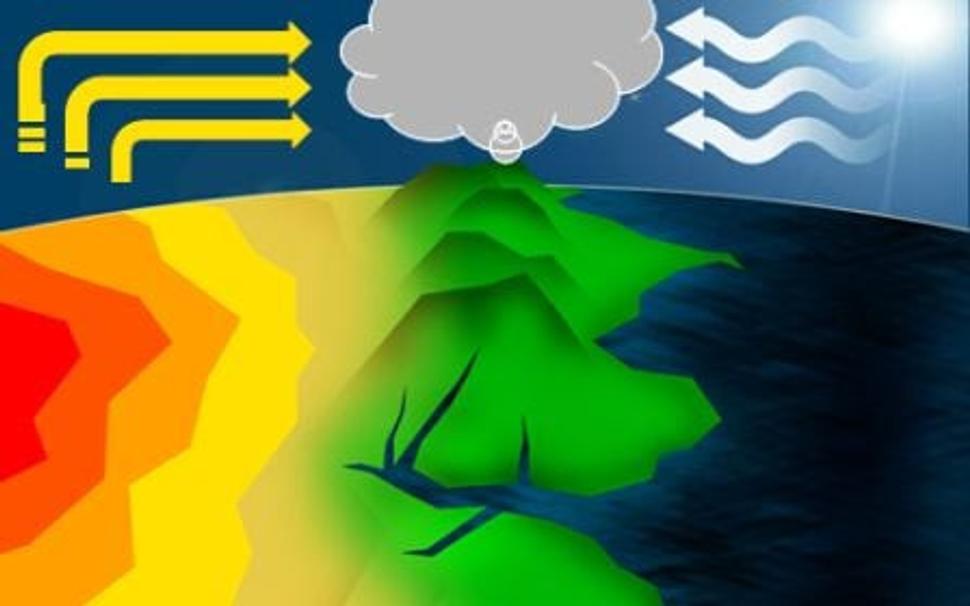
This phenomena causes the extreme tropical storms and heavy rainfall (that we have recently witnessed in Eastern Australia, especially in SE Queensland) resulting in
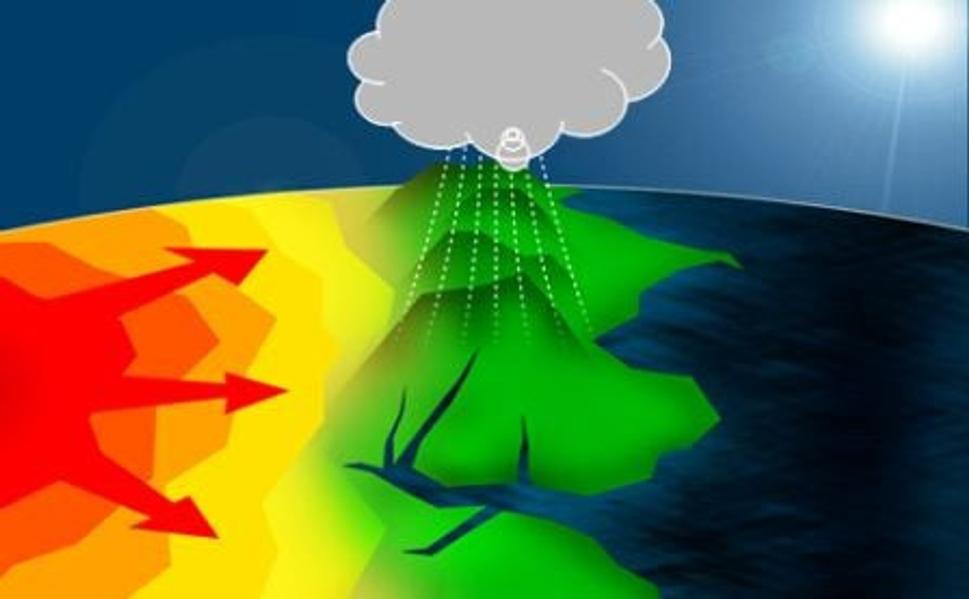
catastrophic flooding. The red arrows in the diagram below show exactly where all that heavy rainfall went....straight out to the sea.
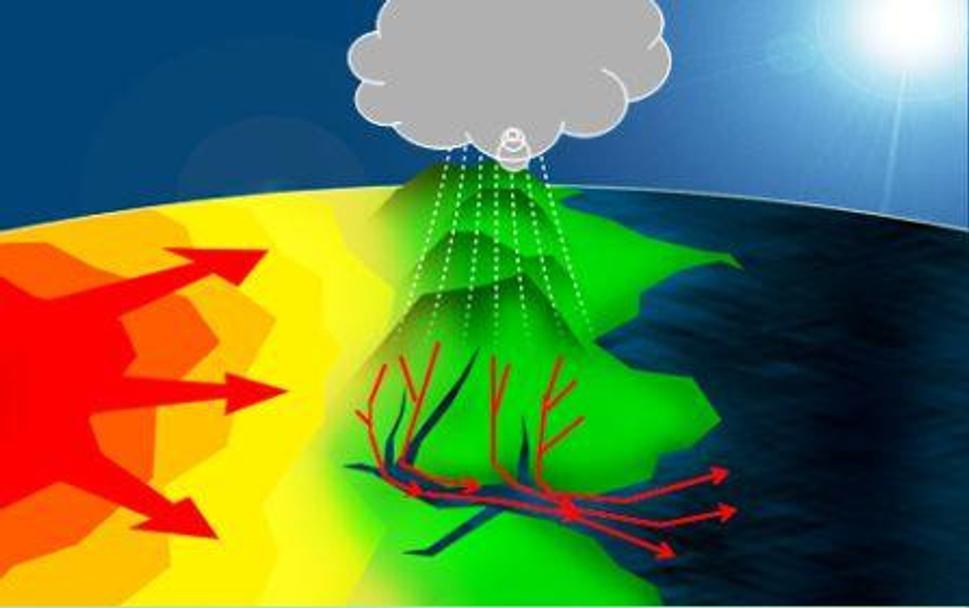
So what is the solution?
The answer is easy! The process is a little more difficult.
If the hot output streams of the dry interior of the continent are preventing the entry of clouds further inland, what needs to be done is to cool the dried country using plants and water as the cooling agent. Plants act as solar operated air conditioners that cool the landscape during the day via the transpiration of water.
I say this process is not so easy, because, normally there is so little water inland. When there is too much water on the east coast, as we have seen in the recent time of extreme rainfall, it causes disastrous flooding. The solution is to understand the unique water holding systems that once functioned in the Australian landscape, west of the mountain range. It was plant life that enabled the land to collect and hold the rain, which in turn would cool and moderate climate.
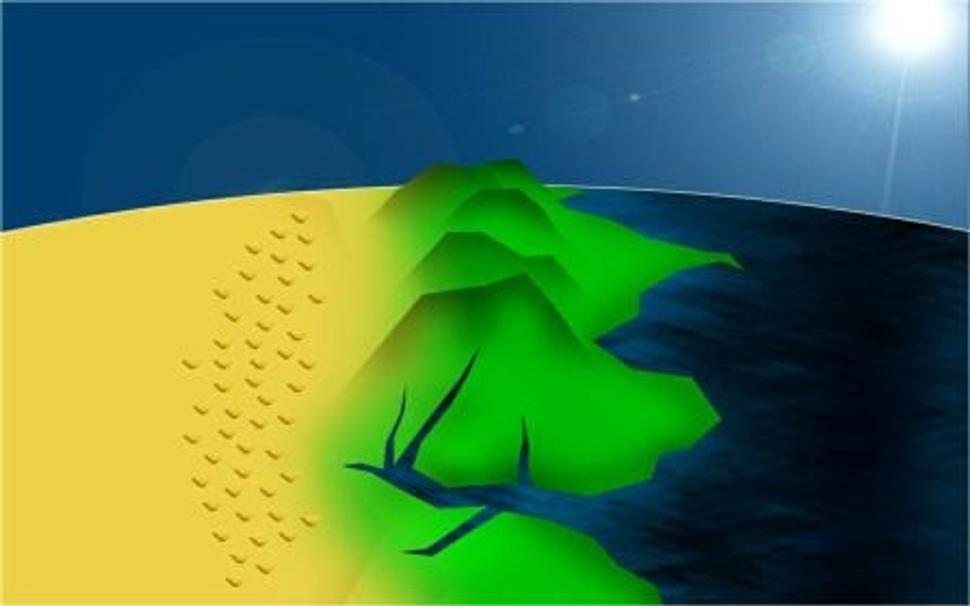
Australia's unique floodplain systems were once in ground water storage systems, covered by a wealth of transpiring plant biodiversity which cooled the land and gave rise to rain bearing clouds. If this natural hydological cycle were reinstated, rainfall could be redirected inland to reduce flood conditions on the east coast. This would potentially solve the flood problem all over the east coast of Australia and reduce excess rainwater run-off to the sea. This could then be used for the rehabilitation and restoration of ecosystems within the continent.
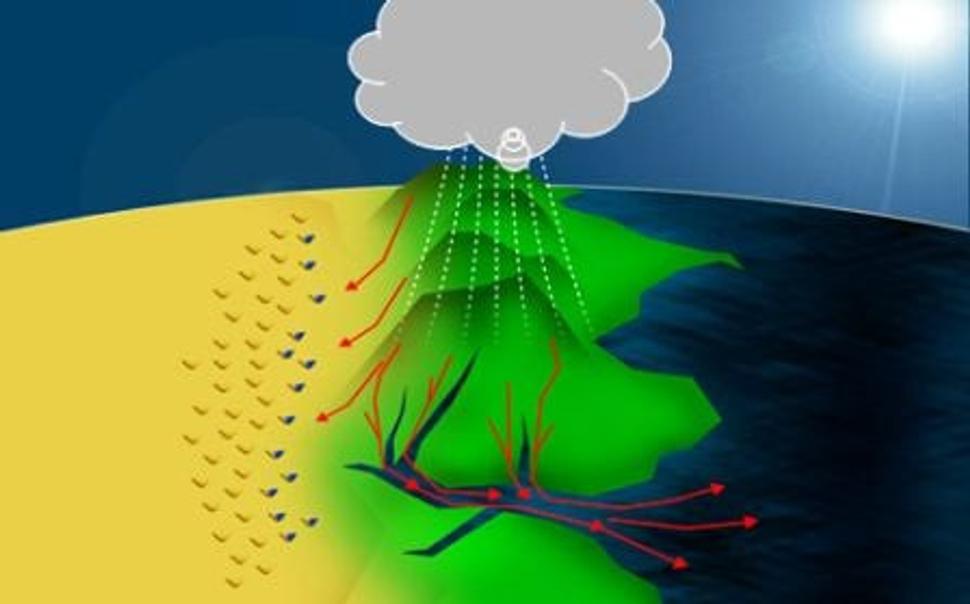
Intercepted rainwater in the country will evaporate into the atmosphere and thereby inhibite the production of sensible heat and create clouds which, after condensation will fall again in the form of gentle rain in the inland of the country.
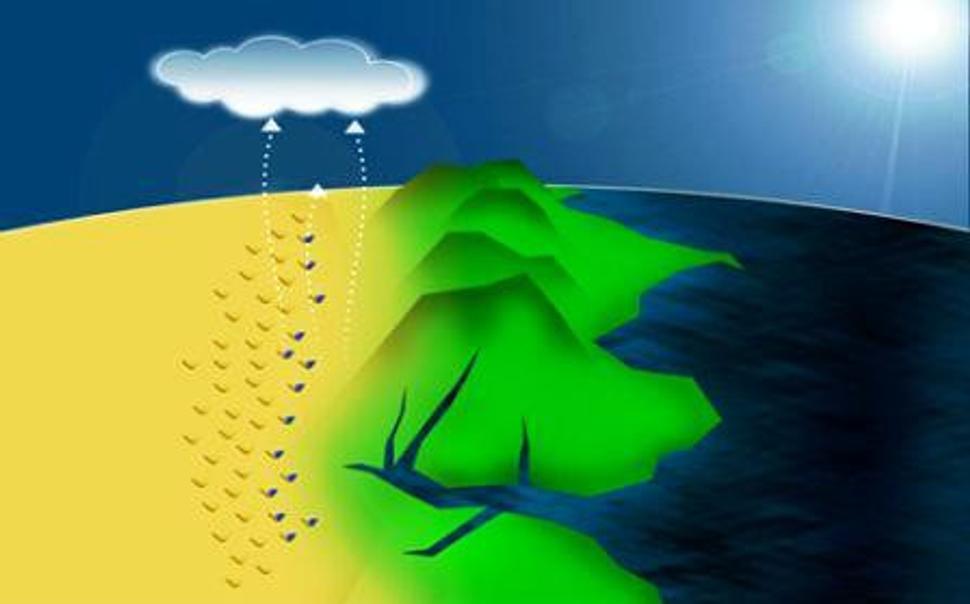
This approach is simply restores 'small water' cycles and life in the landscape will spread further inland.
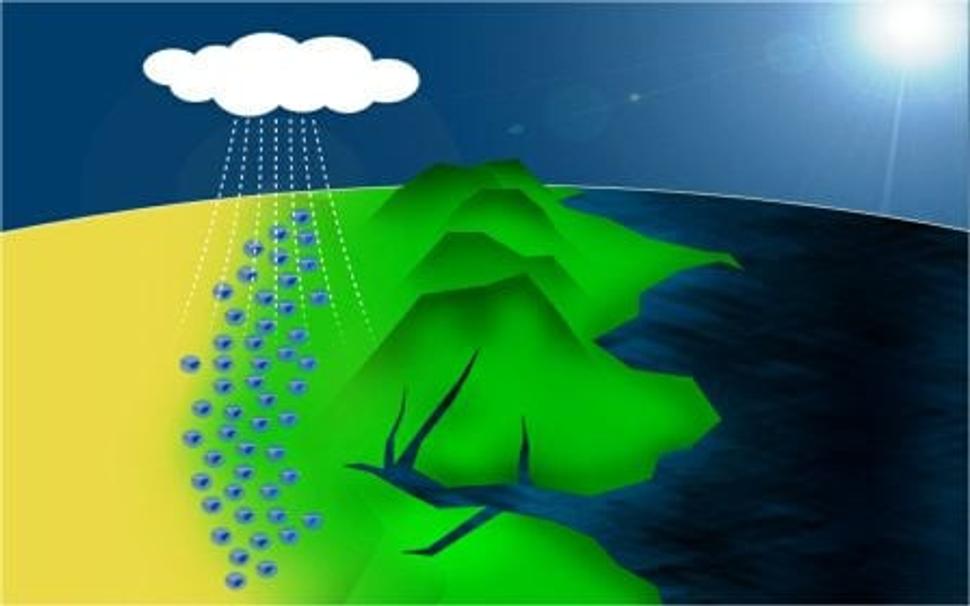
At the same time, clouds made by the small biodiversity based water cycles link with clouds of the large water cycle created by evaporation from the sea. This relationship restores the function of the biotic pump, as described by Russian scientists Gorshkov and Markarieva. They argue that originally with vegetation cover on the East Coast intact, the total rainfall was once higher and more balanced across the inland.
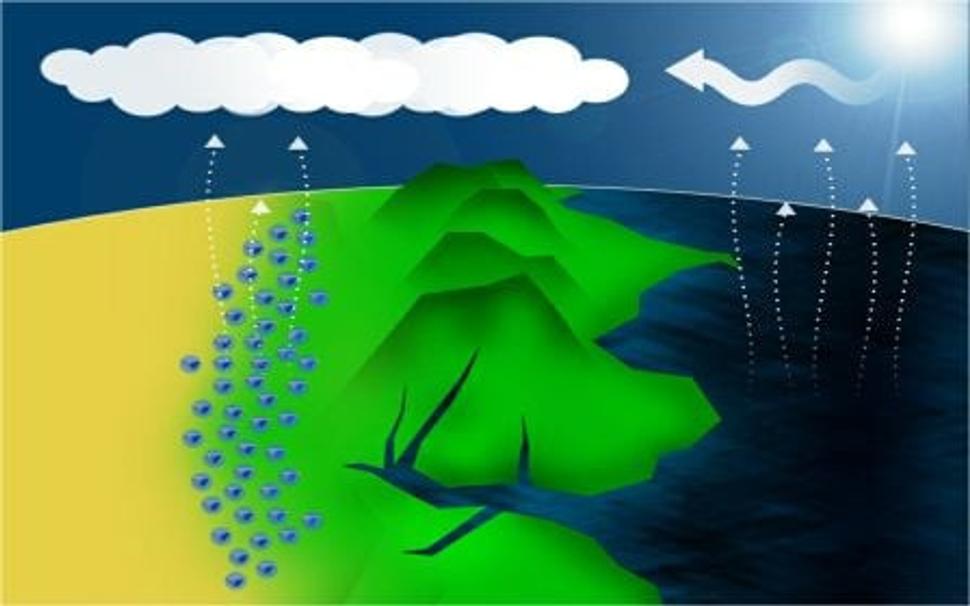
The restoration of water in the small water cycles of plant transpiration and recovery causes climate change remediation; mitigates temperature extremes; extreme weather events and results in a healthy environment with plenty of water for people, food, nature, and continental security and prosperity.

Globally we have not only experienced the degradation of our aquatic ecosystems and the loss of rainfall but greater water imbalances, and lots of heavy intense rain as opposed to the cooler, more gentle rain.
We concentrate only on water that we can see. Water that evaporates cannot be seen and thus it is considered lost to the system. Evaporated water in the atmosphere which, after condensation as rain, is returned to the surface of the landscape and restores life. So it is not a loss, but is part of the eternal cycle of water in a landscape. Water is only lost to the land system when it drains straight into the sea or is lost to hot air above the warm landscape!
Re-coupling Australia's unique plant/water/climate systems will allow the return of rainwater into the interior of the dry inland country and Australia can start a new era of sustainable prosperity.
A working model of the restoration of water in the small water cycles (except at can be seen in Australia at Tarwyn Park in the Bylong Valley.
In pioneering this approach, Australia could be an example to the rest of the world.






